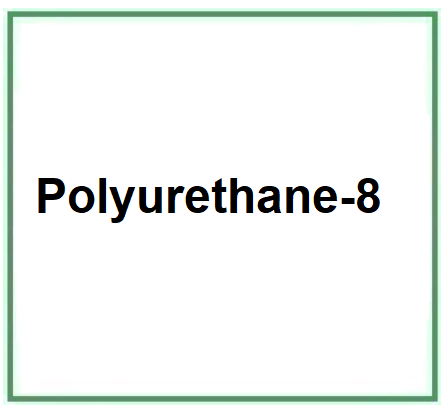![]() Polyurethane-8
Polyurethane-8
Rating : 5
Cons:
Possible contact allergy (1)POLYURETHANE-8 is an inorganic chemical compound, a segmented block copolymer derived from urethane and synthesised from isocyanates.Significant substances used in the production method:polyethylene-poly(tetramethylene)glycol, propanoic anhydride, isophorone diisocyanate, isophorone diamine. Safety Polyurethanes are rather complex, inert and biost... (Read the full Tiiip)
0 pts from admin
| Evaluate | Where is this found? |
| "Description" about Polyurethane-8 by admin (19557 pt) | 2022-Dec-18 12:00 |
POLYURETHANE-8 is an inorganic chemical compound, a segmented block copolymer derived from urethane and synthesised from isocyanates.Significant substances used in the production method:polyethylene- ...
| Read the full Tiiip | (Send your comment) |
Read other Tiiips about this object in __Italiano (1)
Component type: Main substances: Last update: 2023-09-21 12:06:24 | Chemical Risk: |


